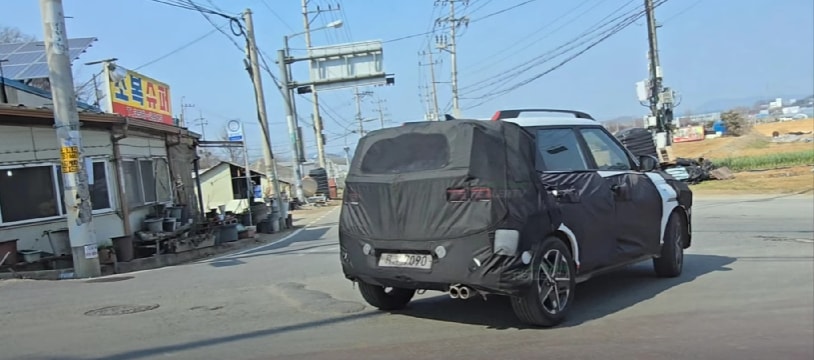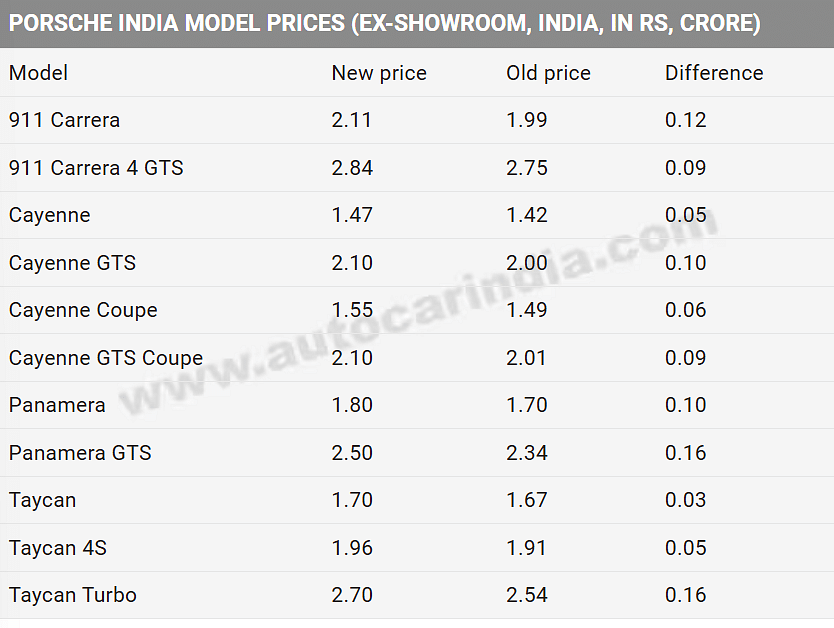Electric two-wheeler maker Ather Energy’s IPO is set to get off to a strong start with SBI Asset Management Company (AMC) slated to be the chief anchor investor, according to sources in the know. Other prominent domestic investors joining as anchor investors include Birla AMC and Invesco Mutual Fund.
The IPO is scheduled to open to the general public on Monday, but will open to anchor investors on Friday.
Among foreign investors expected to get in at the anchor investor stage are Franklin Offshore, Abu Dhabi Investment Authority, and Morgan Stanley.
According to sources, the company is aiming for a valuationof ₹12,500 crore ($1.47 billion) to ₹12,900 crore ($1.51 billion). There have, however, been reports that the company will seek a valuation of $1.4 billion.(Rs 11,926 crore), citing unnamed company sources.
This mark Ather as the second electric two-wheeler startup to enter the public domain, trailing only Ola Electric, which secured ₹6,146 crore at a $4 billion valuation.
Headquartered in the technology capital of Bengaluru, Ather Energy plans to raise ₹2,980 crore from the primary market. Of this, ₹2,626 crore will arise from the fresh issuance of equity.
The revised offer is nearly 20% more modest than the earlier projections of ₹3,500–3,700 crore. Funds raised will be channeled toward the establishment of a new electric two-wheeler manufacturing facility in Maharashtra and the repayment of select borrowings—an investment in both infrastructure and fiscal prudence.
Within India’s evolving electric mobility landscape, Ather ranks as the fourth-largest electric two-wheeler manufacturer, following in the tracks of Ola Electric, TVS Motor Company, and Bajaj Auto.
According to the government’s Vahan vehicle registration data, Ather recorded sales of 15,446 units in March 2025, seizing a 12% market share for the month. For the fiscal year, its share settled at 11.2%, with a total of 130,737 units sold—an appreciable rise from the previous year’s 108,936 units. Ola Electric remains the dominant force, with a commanding 29.5% market share in FY25.
Financially, Ather posted revenues of ₹1,753 crore for FY24, a marginal dip from ₹1,780 crore in FY23. Yet, its net loss deepened to ₹1,059 crore, up from ₹864 crore the year prior, as outlined in its Draft Red Herring Prospectus (DRHP). Hero MotoCorp retains a 37.3% stake on a pre-money basis, and the forthcoming IPO is anticipated to unlock considerable value for the legacy automaker—potentially enhancing its sum-of-the-parts valuation by ₹250–275 per share, based on Ather’s estimated $1.5 billion valuation.
Renowned for its 450X series, Ather Energy had previously raised ₹600 crore from the National Infrastructure Fund in August 2024, which placed the company’s valuation at $1.2 billion (₹11,000 crore). This implied a 6.6x EV/Sales ratio, a figure not uncommon among high-growth startups yet to attain profitability. For comparison, Ola Electric’s IPO was floated at a 7.1x multiple. Market observers now suggest that Ather may justifiably command a richer valuation, owing to its asset-light model and unwavering focus on cost rationalization.
Adblock test (Why?)





















